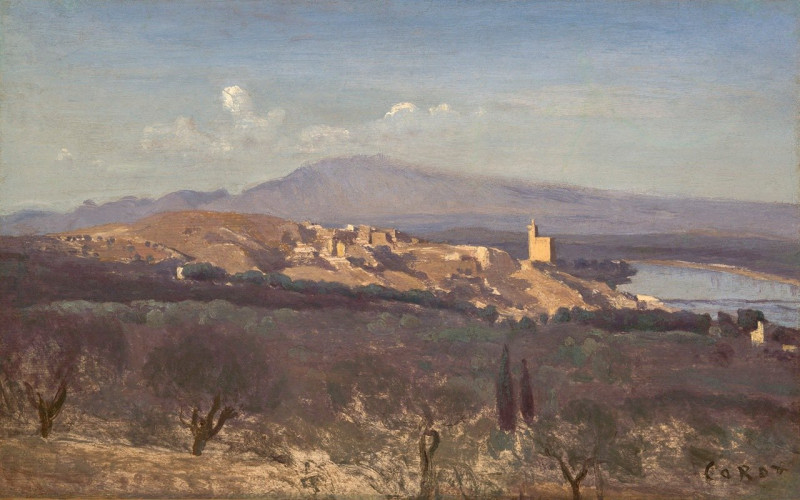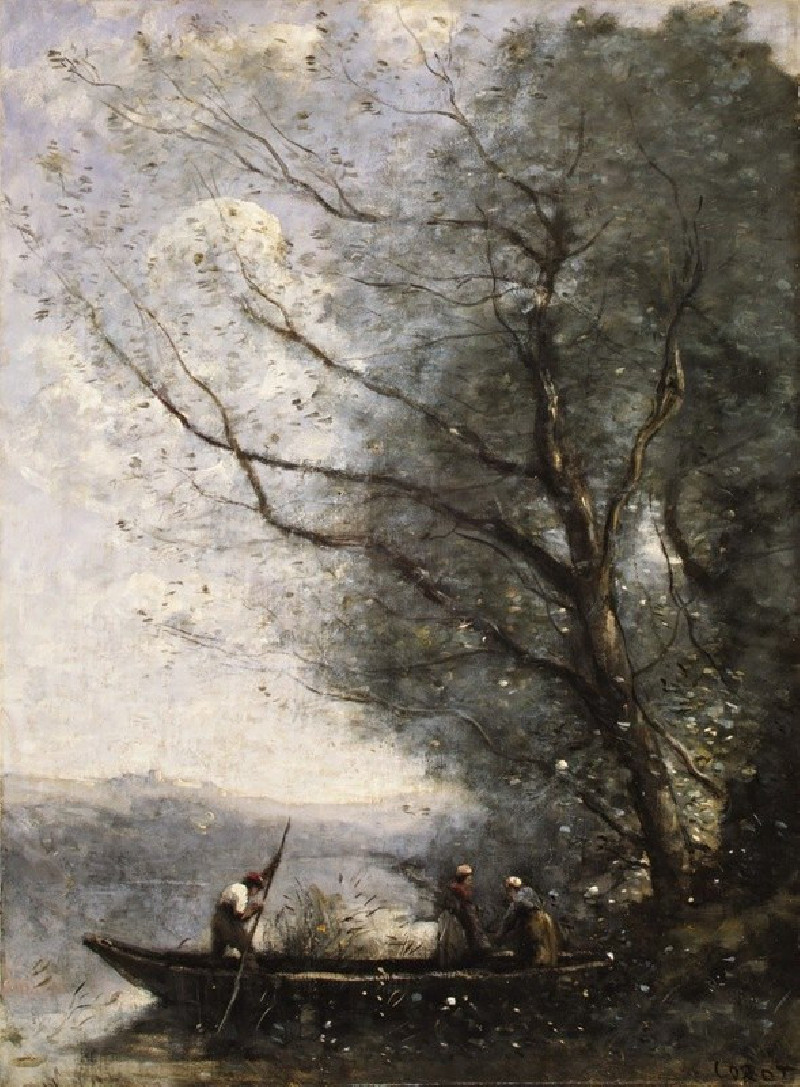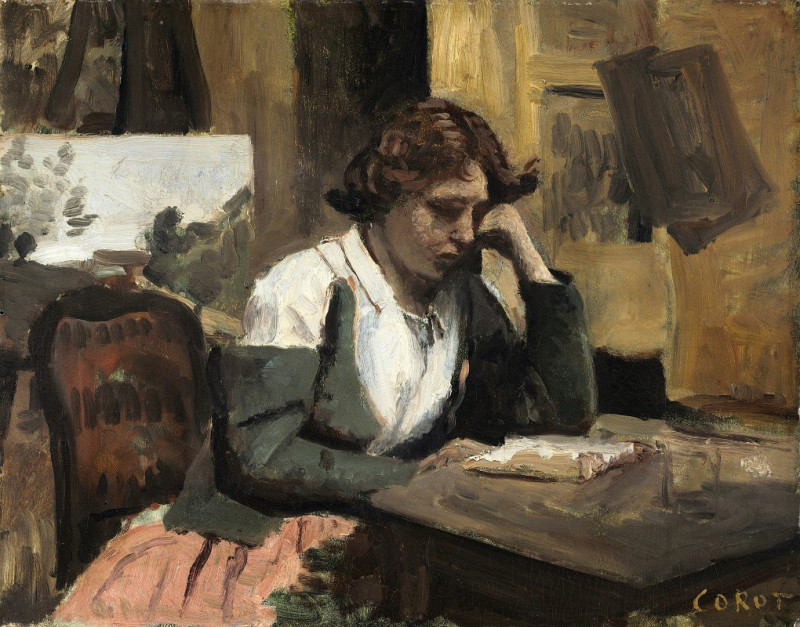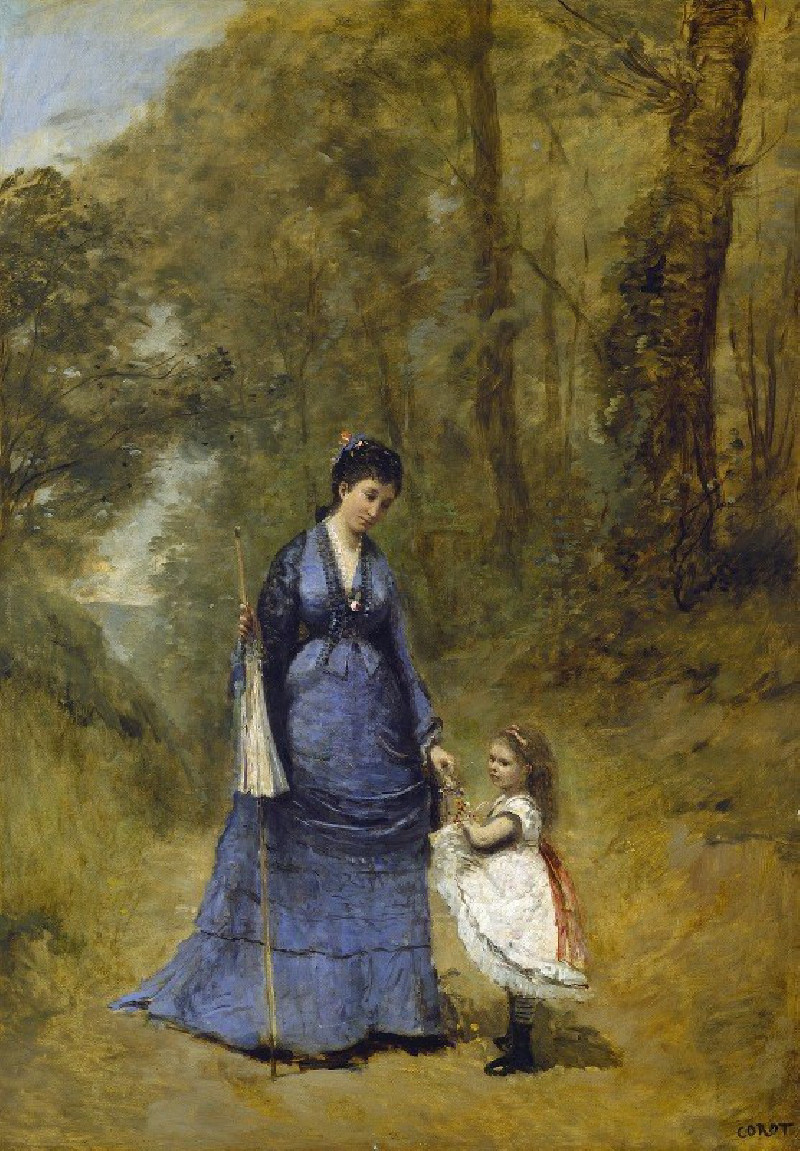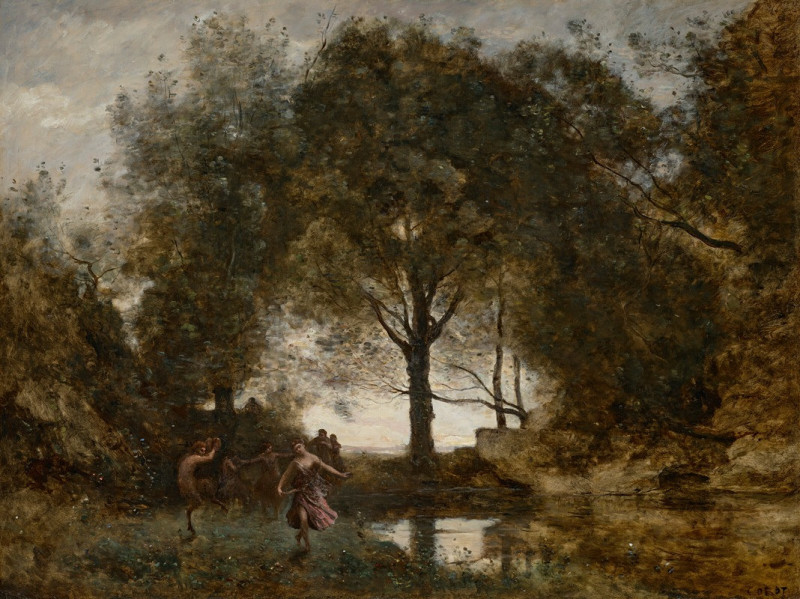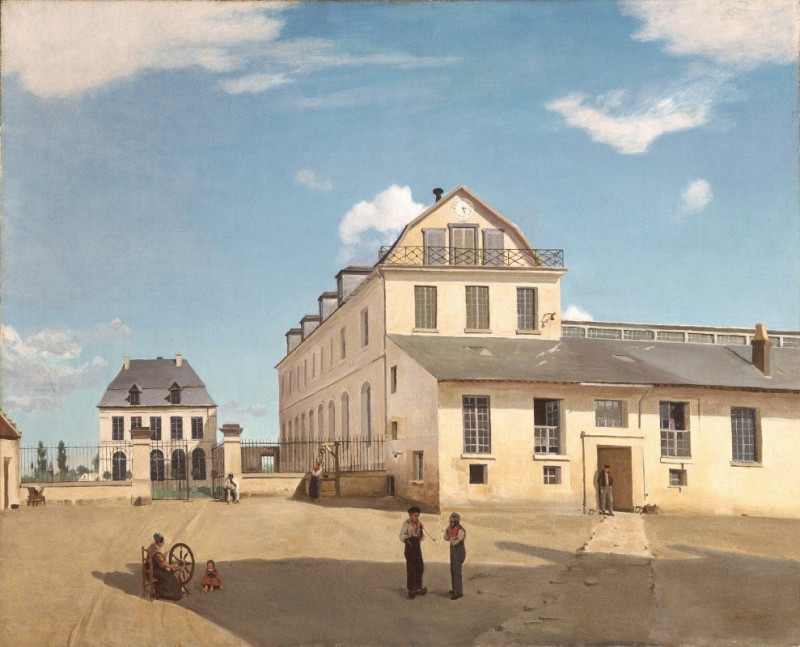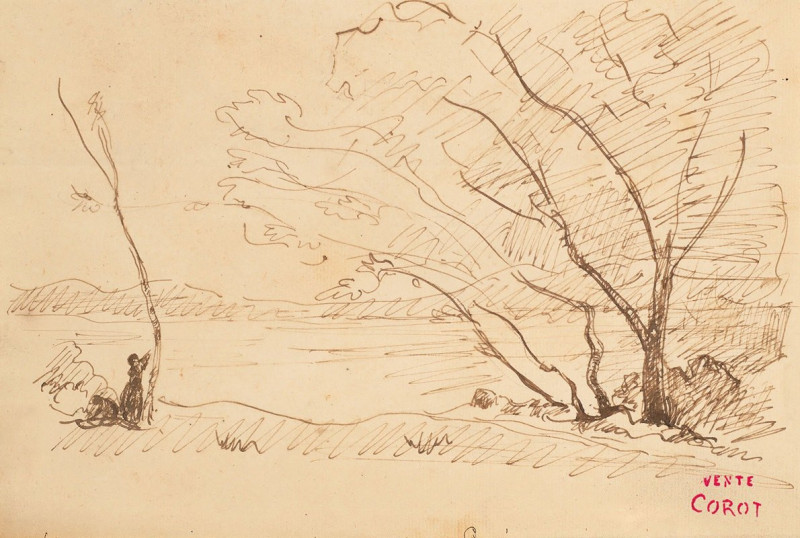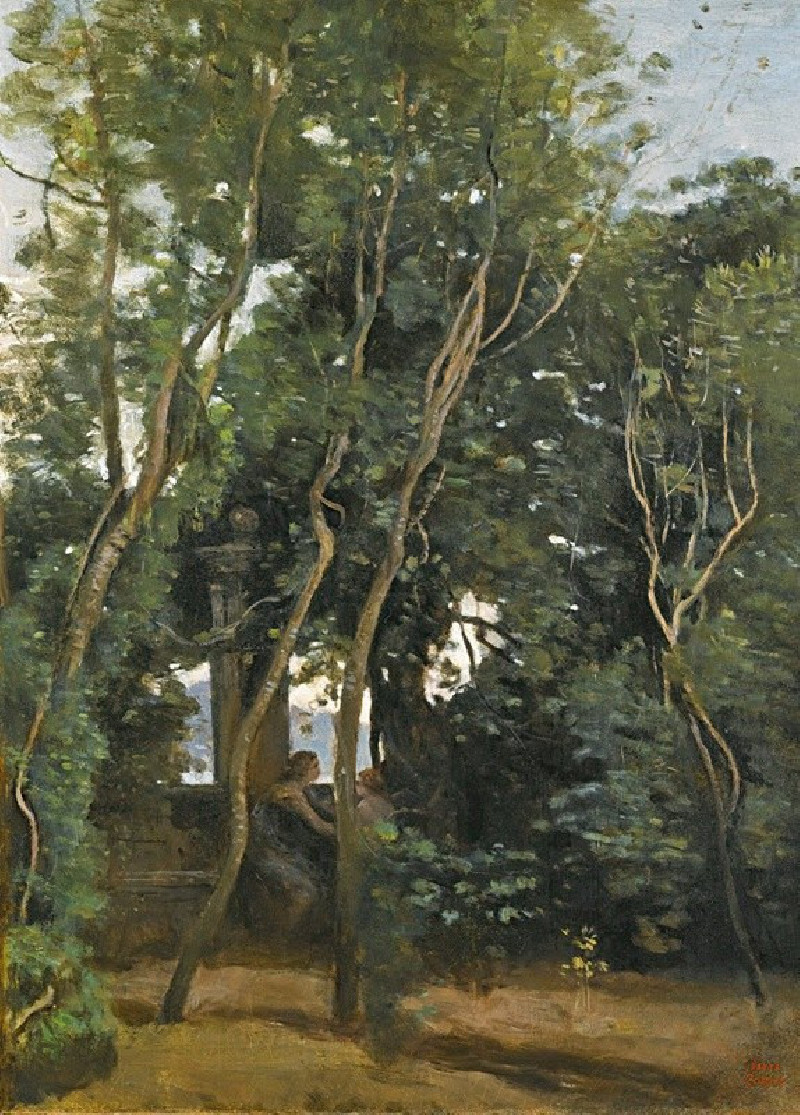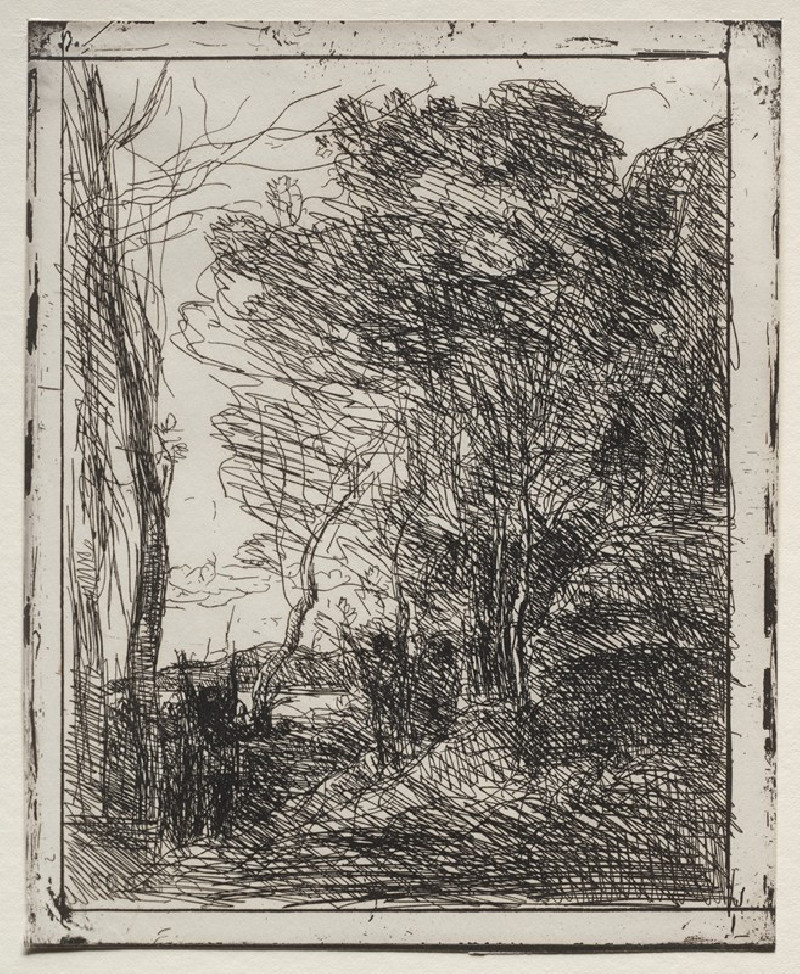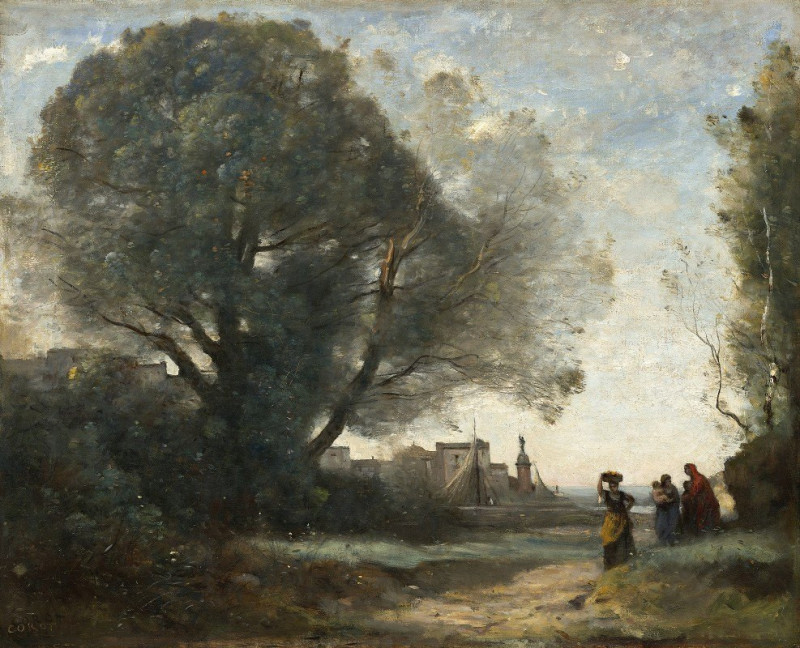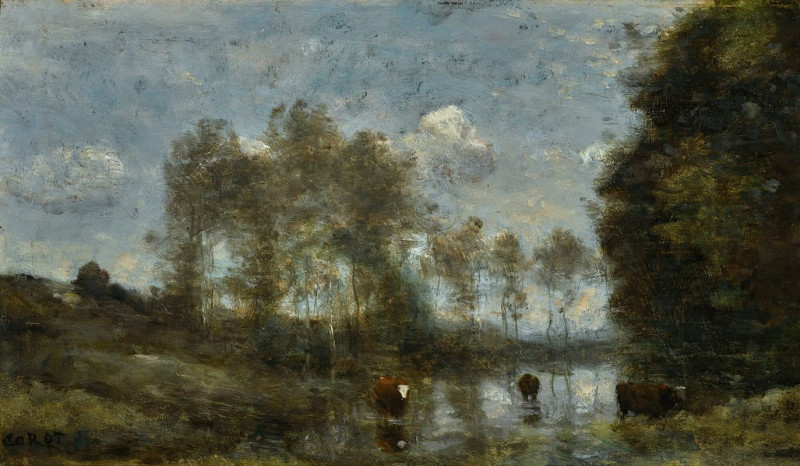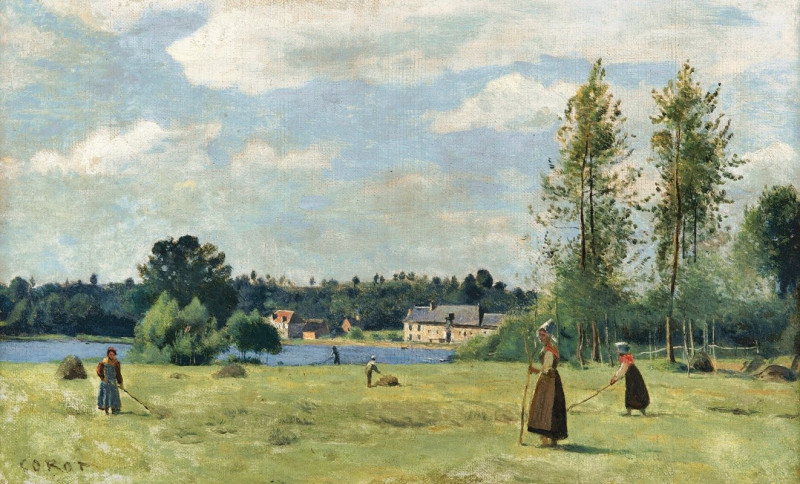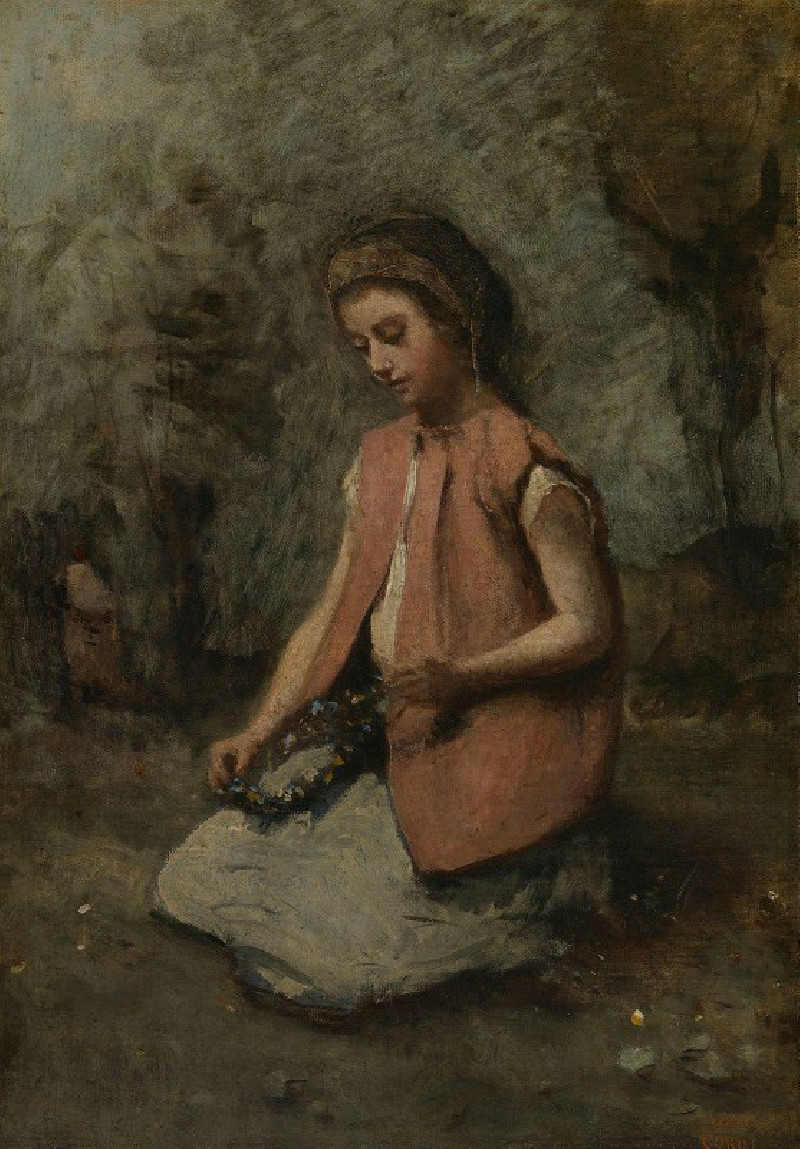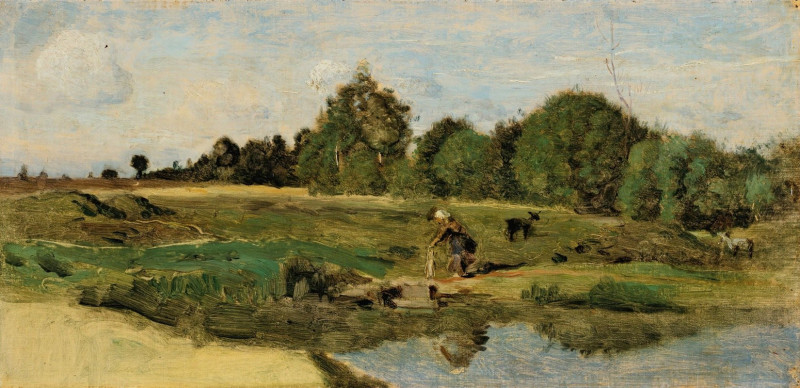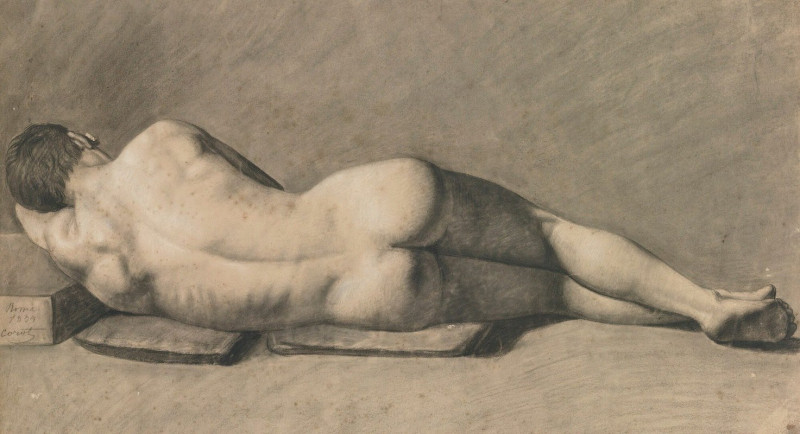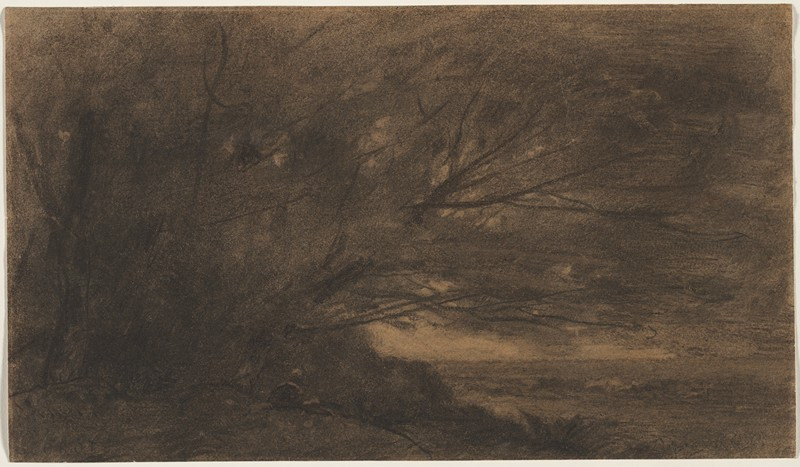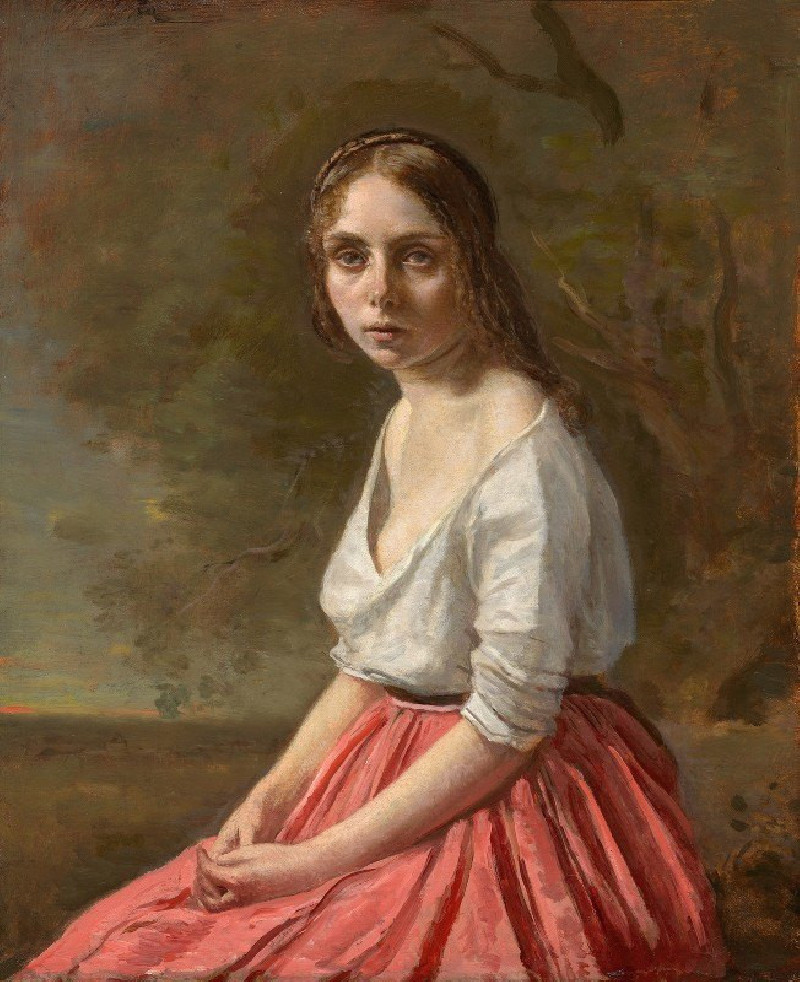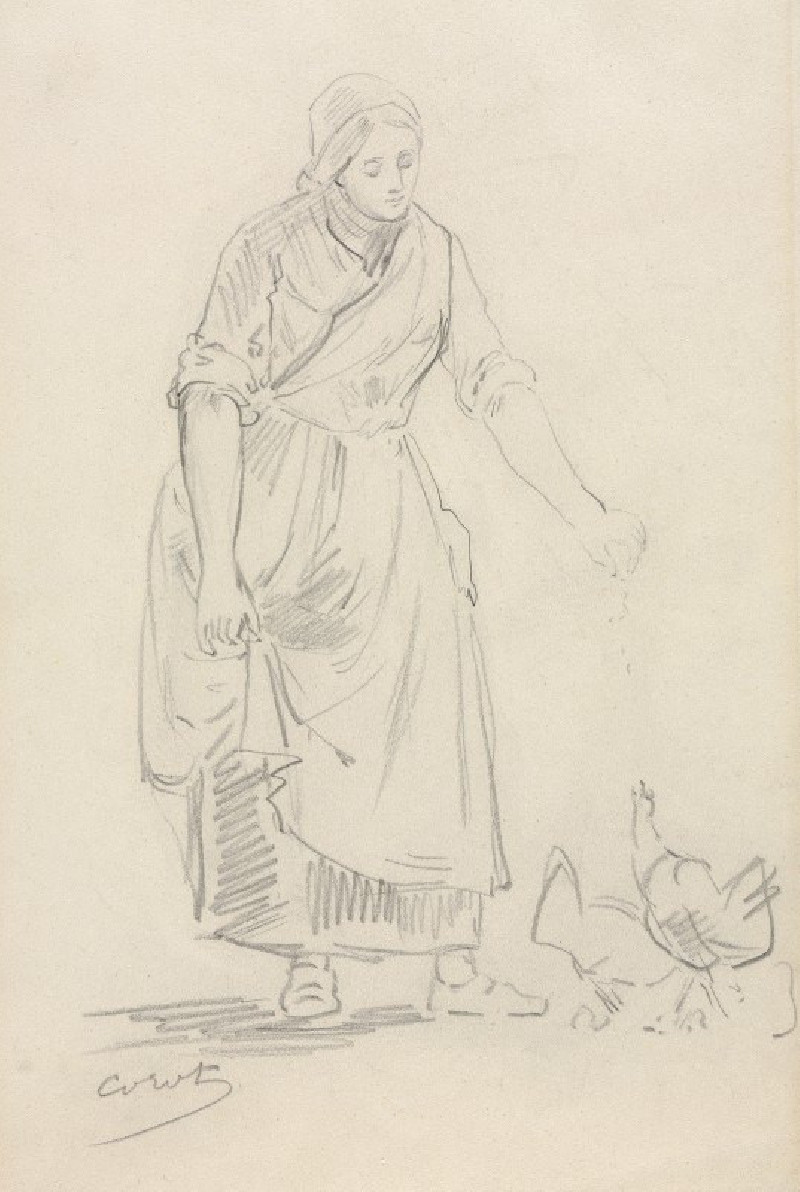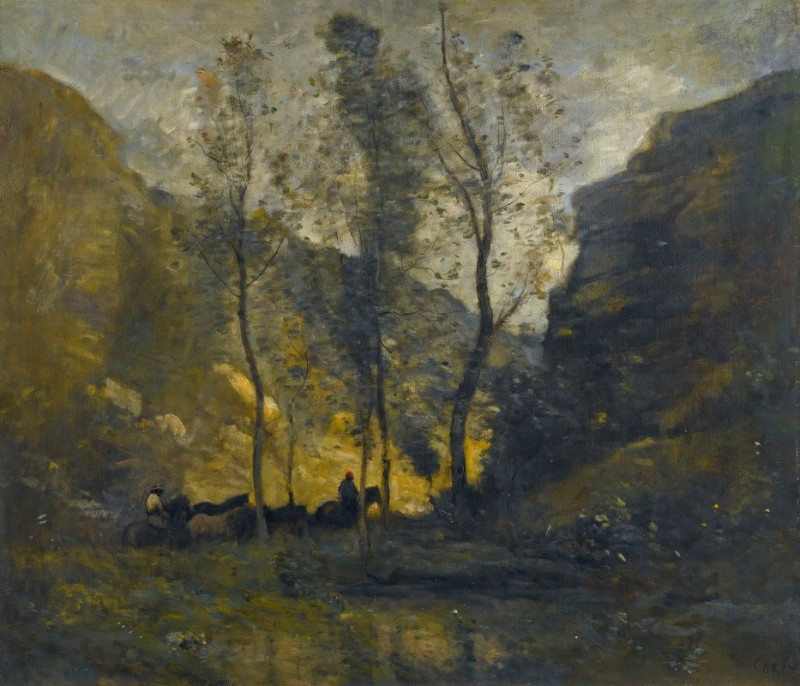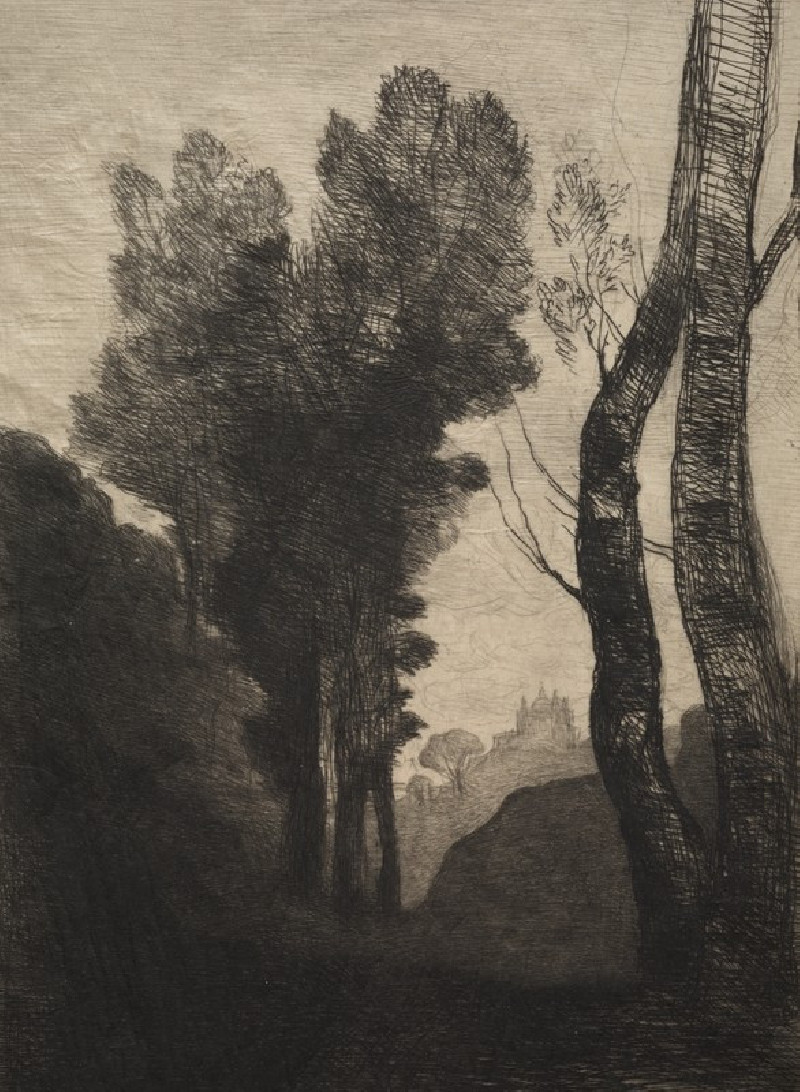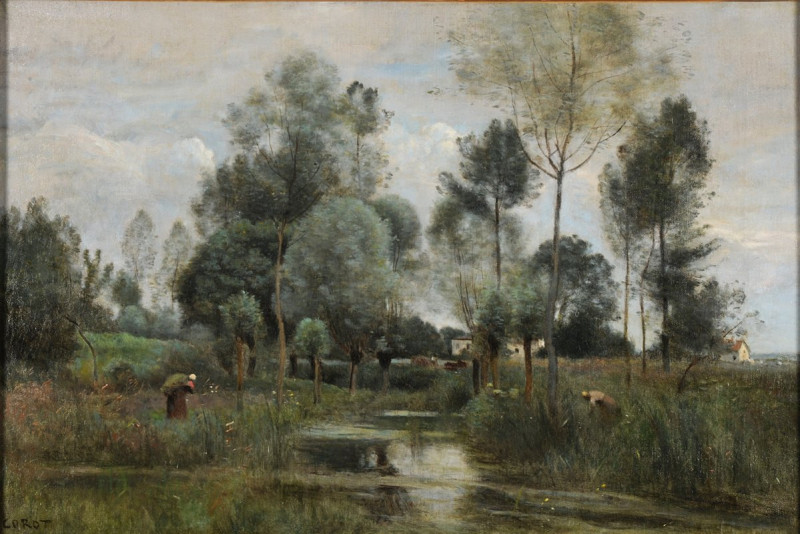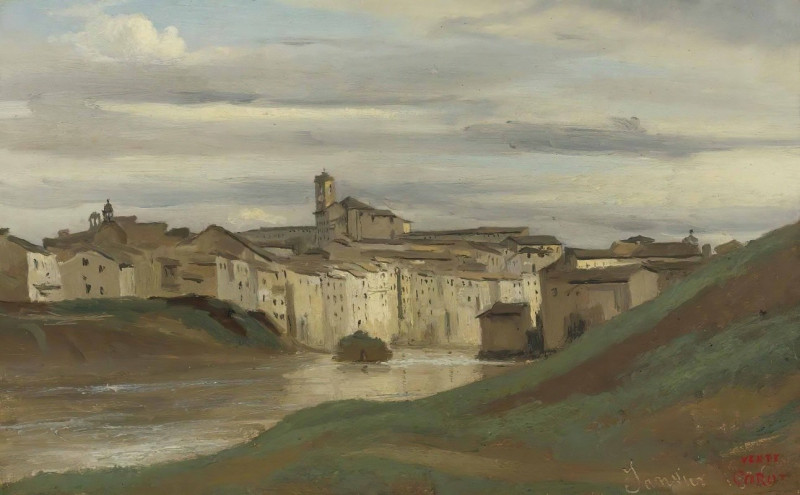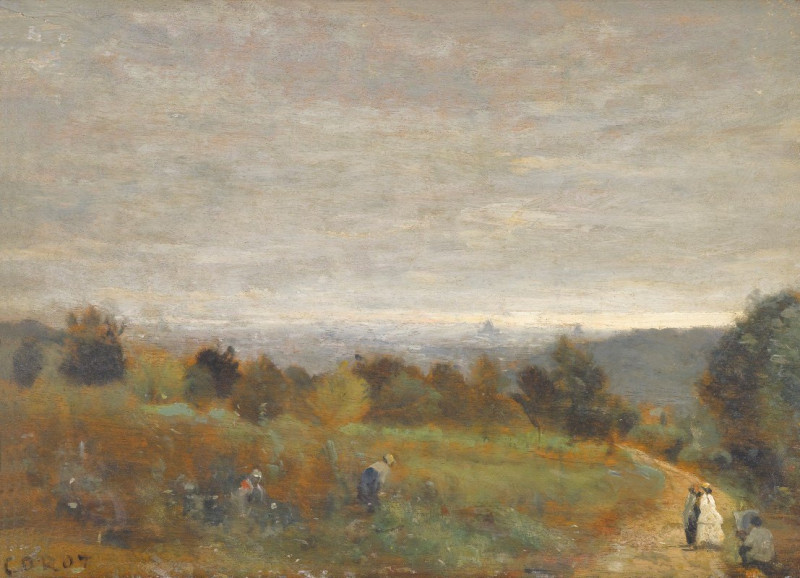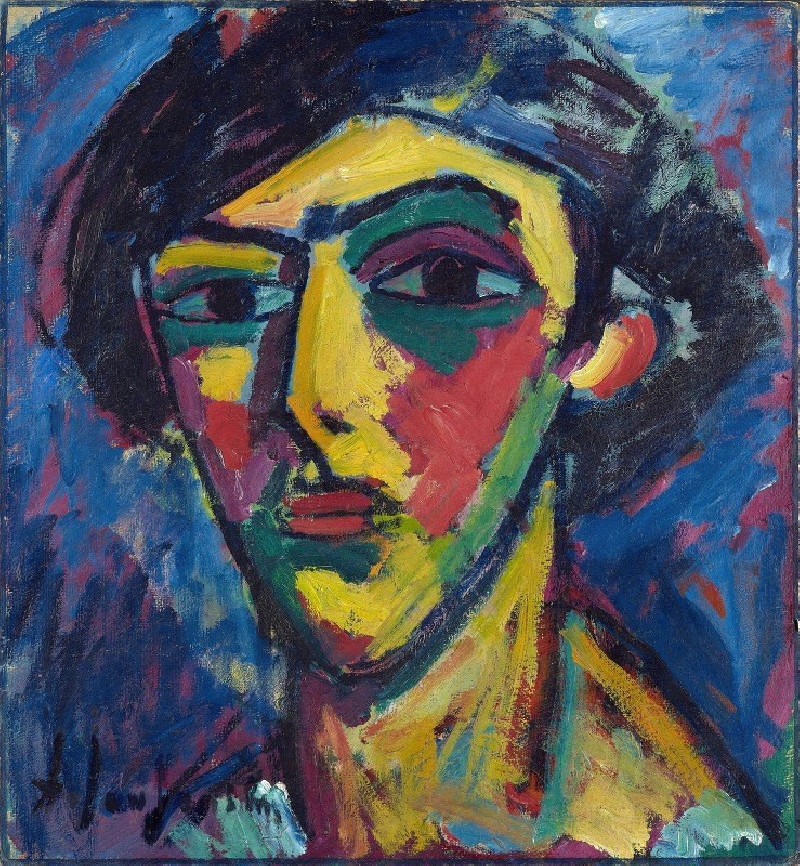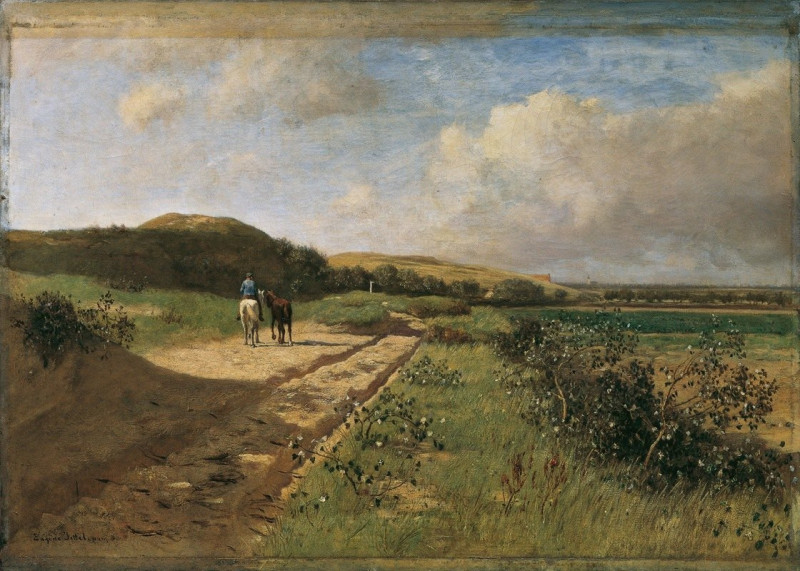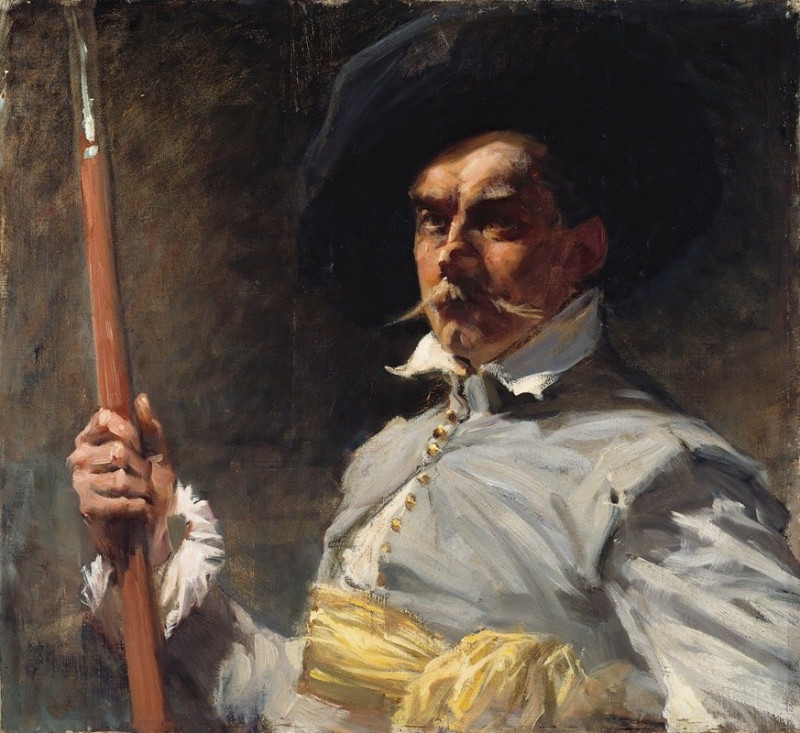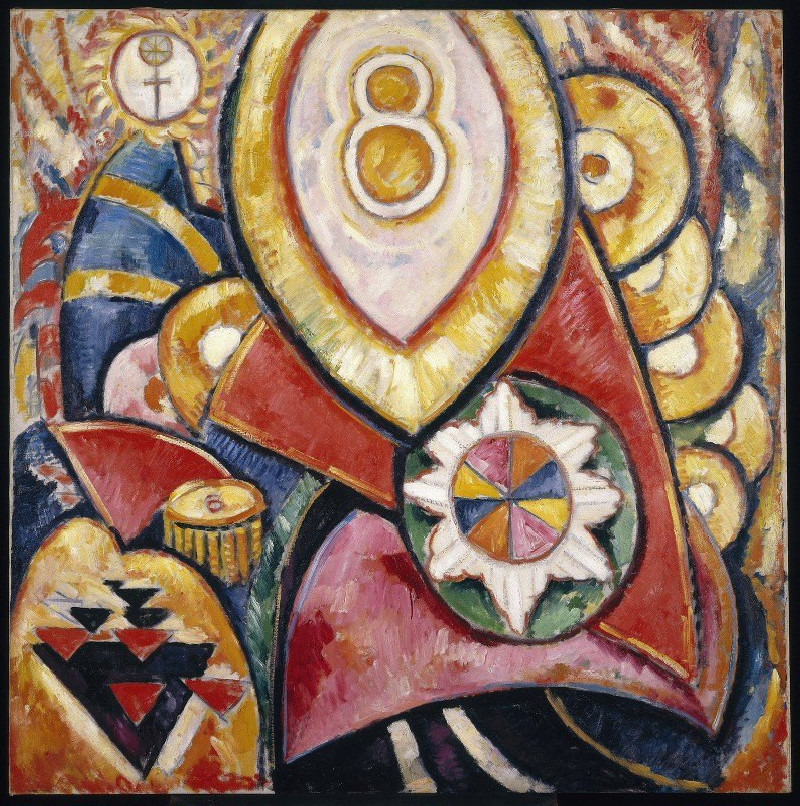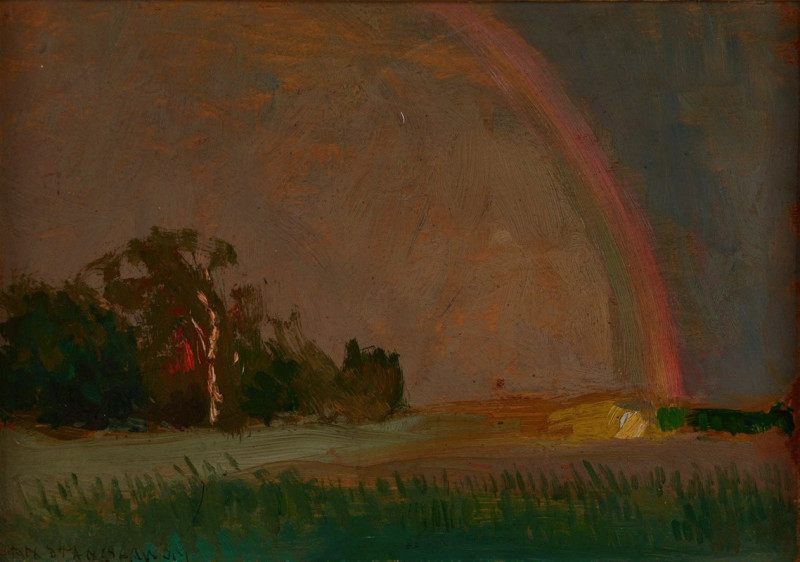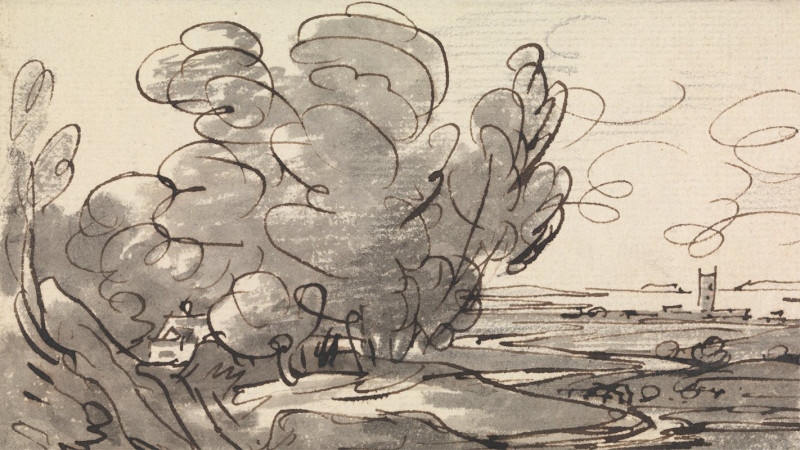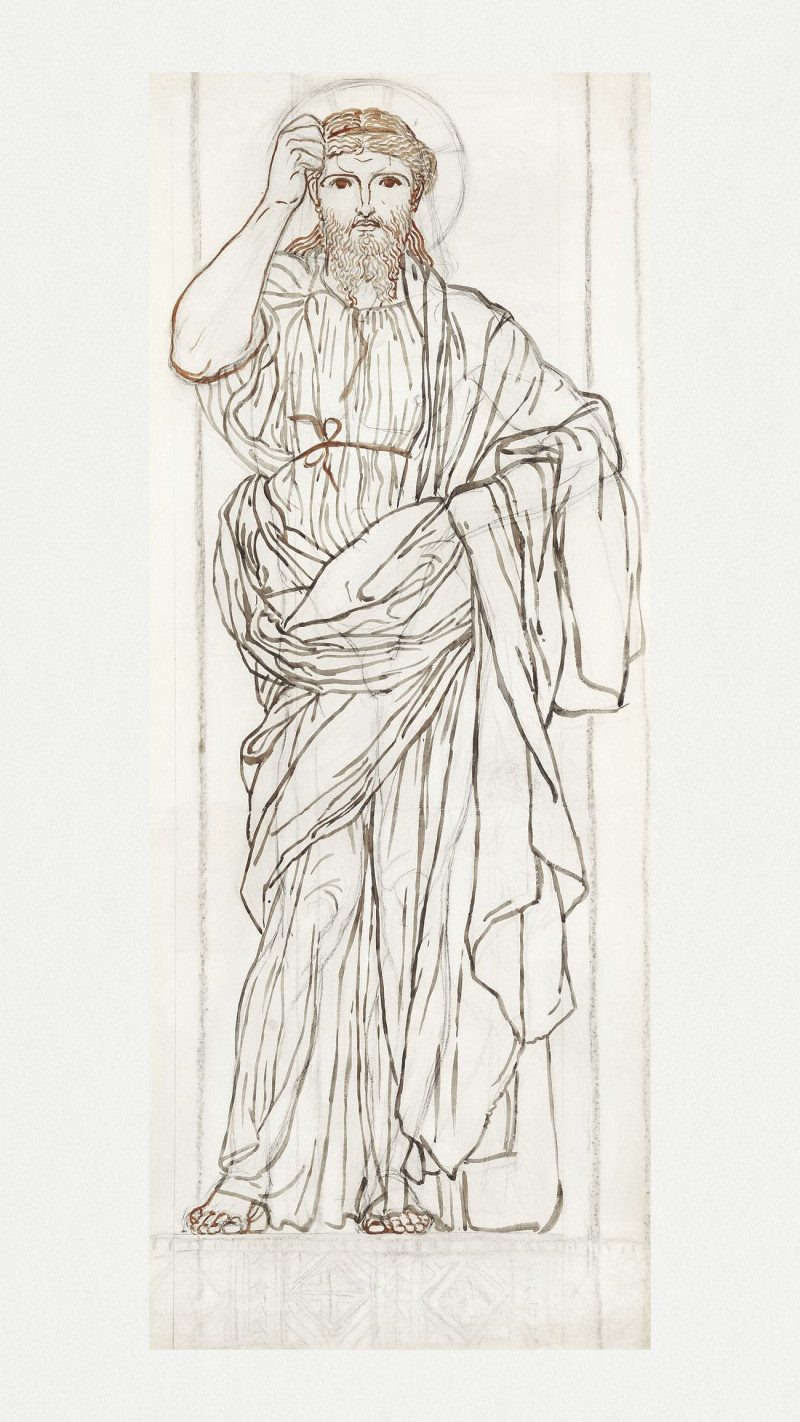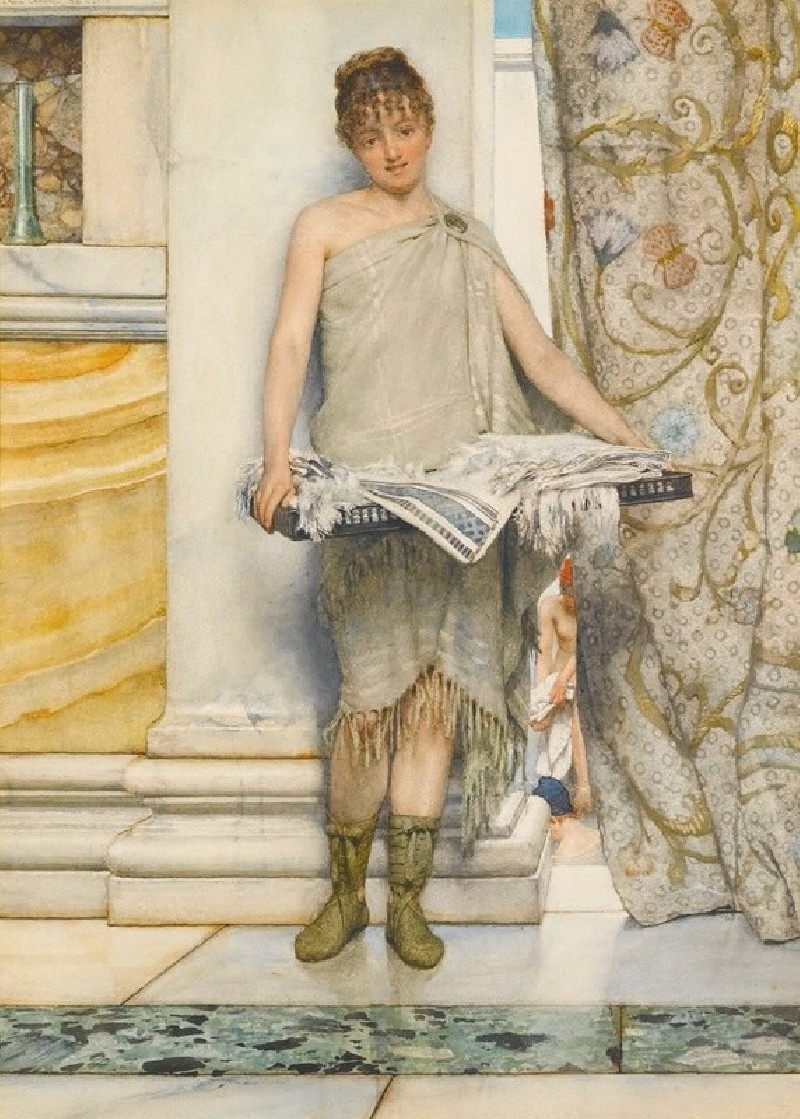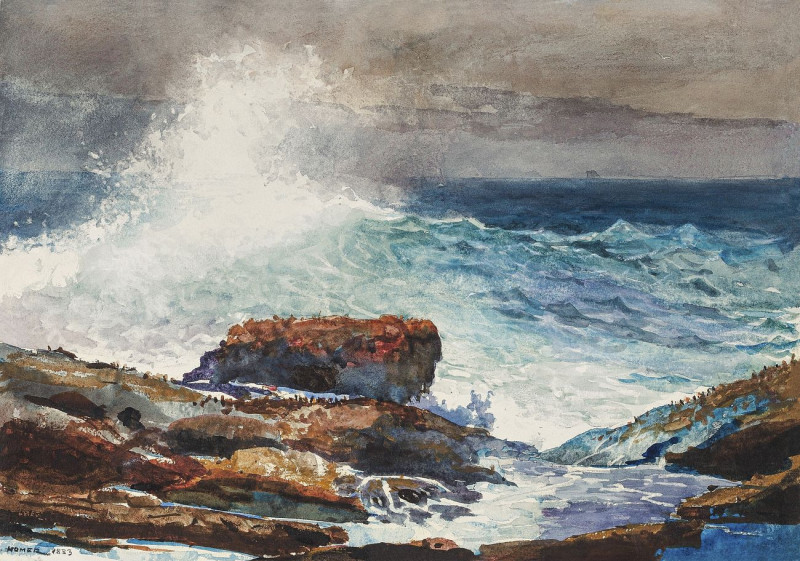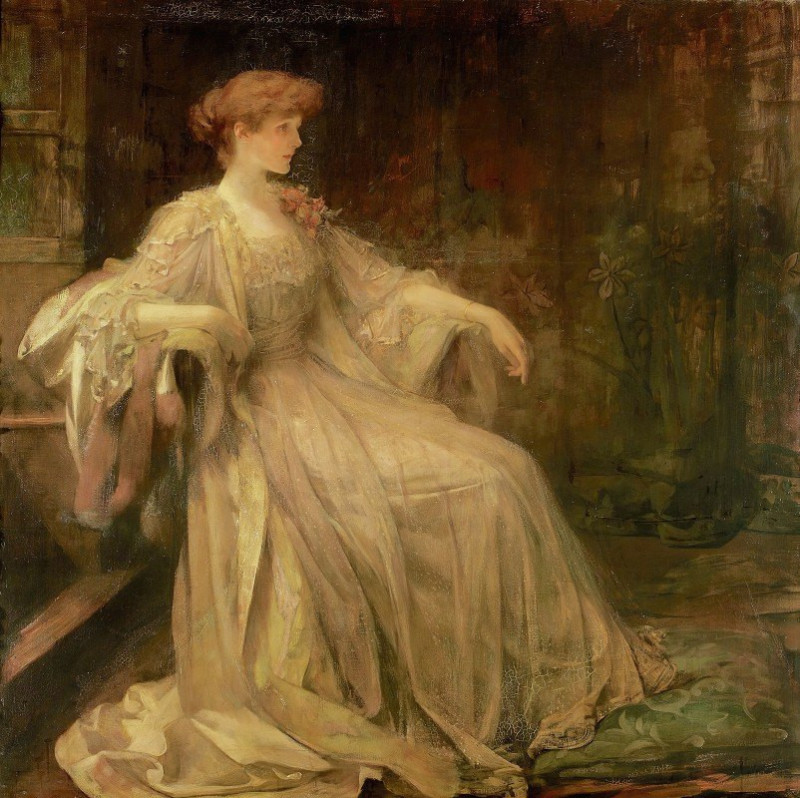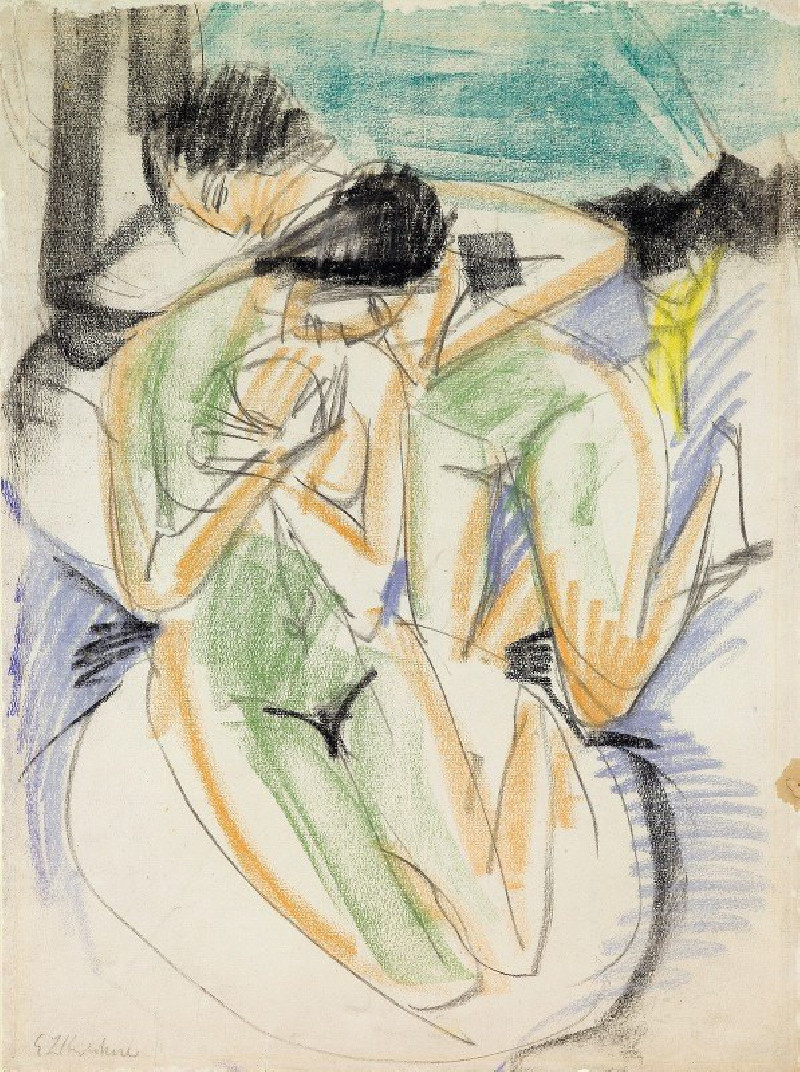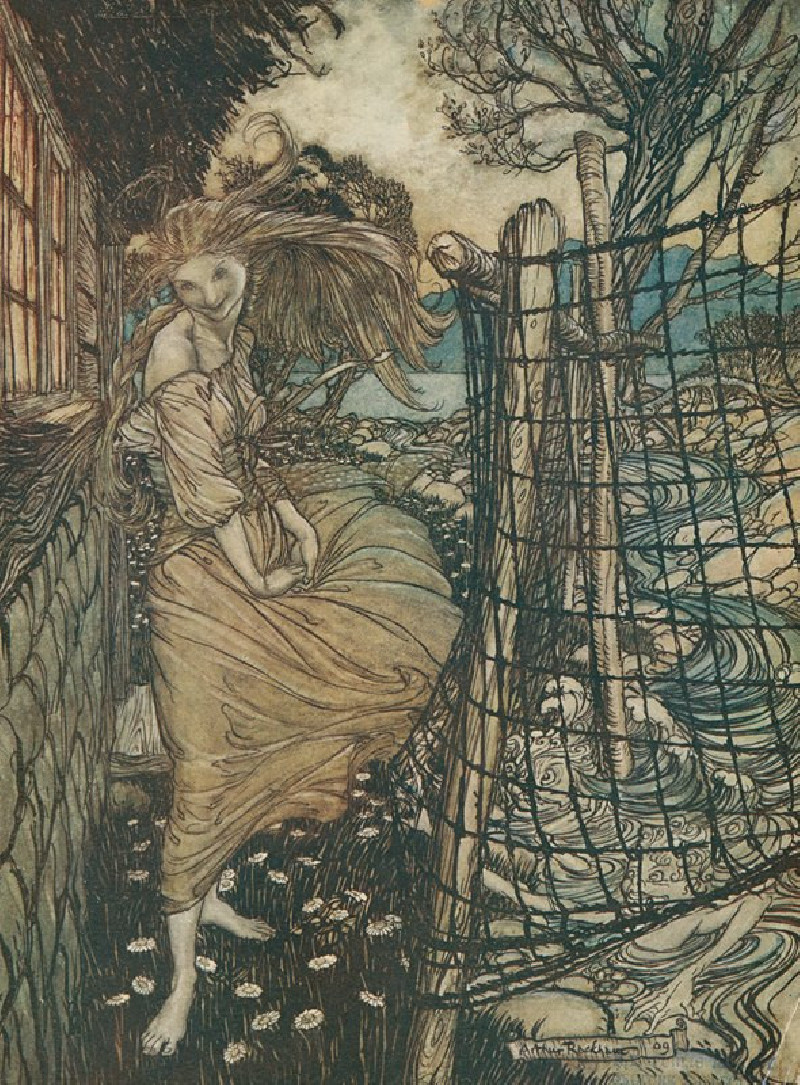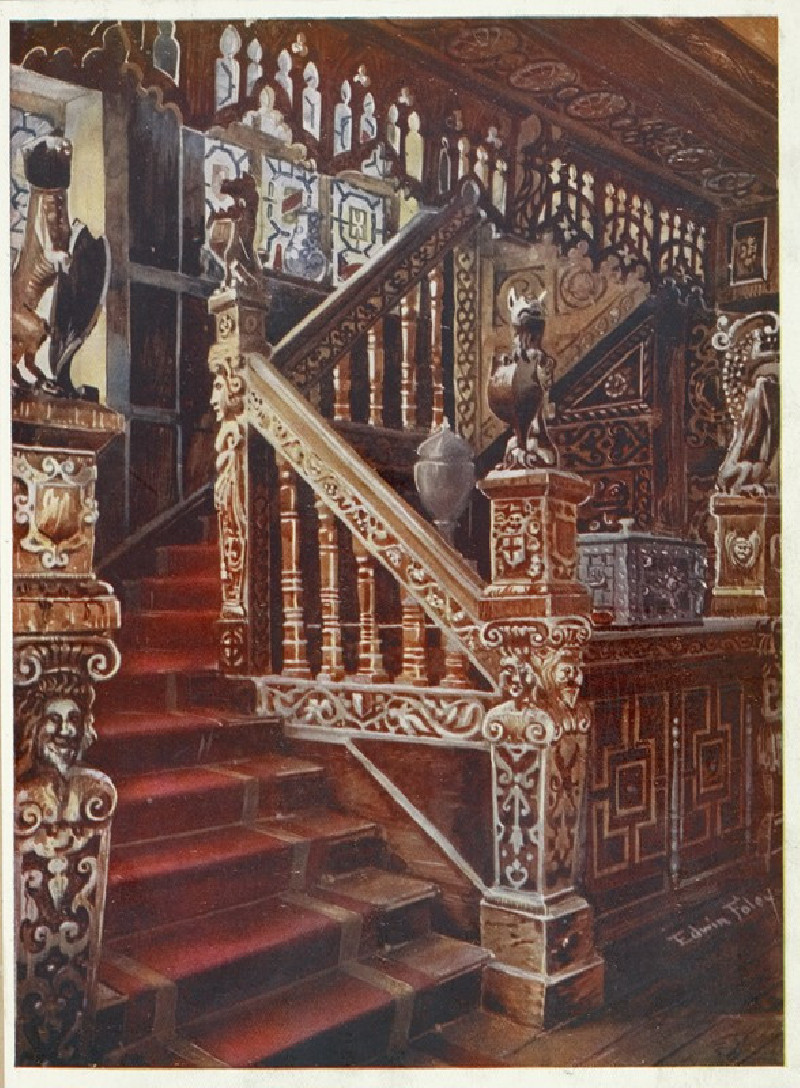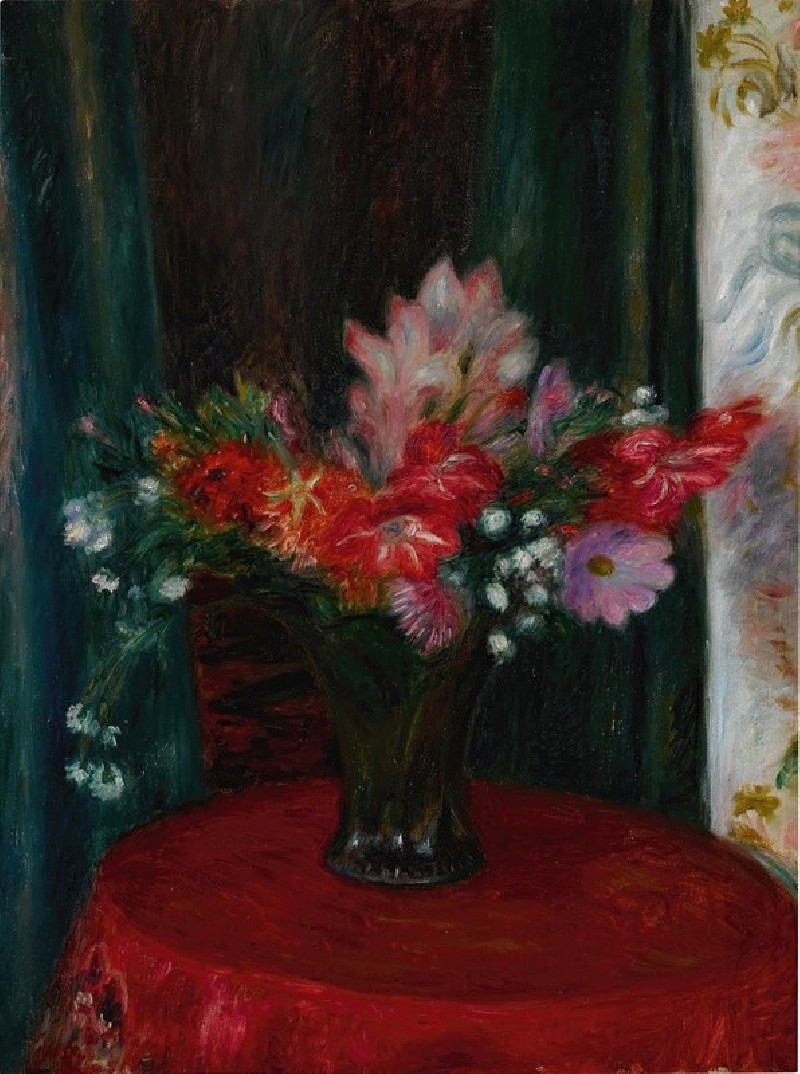Villeneuve-les-Avignon (1836)
Technique: Giclée quality print
Recommended by our customers
More about this artwork
In the enchanting landscape painting titled "Villeneuve-les-Avignon," created by the esteemed French artist Jean-Baptiste-Camille Corot in 1836, viewers are transported to a serene vista that captures the historic charm of southern France. This artwork features a sweeping view of the fortified town of Villeneuve-les-Avignon, bathed in the warm, golden light of a setting or rising sun.Central to the scene are the strong, rustic remains of medieval stone structures that stand prominently atop a hill, overseeing the tranquil waters of a river that meanders through the landscape. These ancient ruins, tinged with the golden hue of the sunlight, serve as silent witnesses to the passage of time, imbuing the scene with a sense of historical depth and enduring beauty.The foreground of the painting is composed of rich, dark tones of verdant greenery, where trees and bushes are sporadically dotted across the rugged terrain. These elements of flora create a textured mosaic of nature, which contrasts subtly with the smoother, more distant hills that recede under a soft sky. Sparse clouds gently float above, suggesting a peaceful, idyllic day.Corot’s skillful application of light and shadow, combined with his refined use of color, results in a landscape that is both realistic and poetically idealized. "Villeneuve-les-Avignon" exemplifies Corot's mastery in portraying natural settings in a way that evokes emotion and invites contemplation, making this painting a captivating piece in the realm of landscape art.This artwork not only reflects Corot's artistic prowess but also preserves a visual memory of a historical landscape, offering viewers a glimpse into the serene and pastoral charm of 19th-century France.
Delivery
Returns
Jean-Baptiste-Camille Corot was a French landscape and portrait painter as well as a printmaker in etching. He is a pivotal figure in landscape painting and his vast output simultaneously references the Neo-Classical tradition and anticipates the plein-air innovations of Impressionism.

